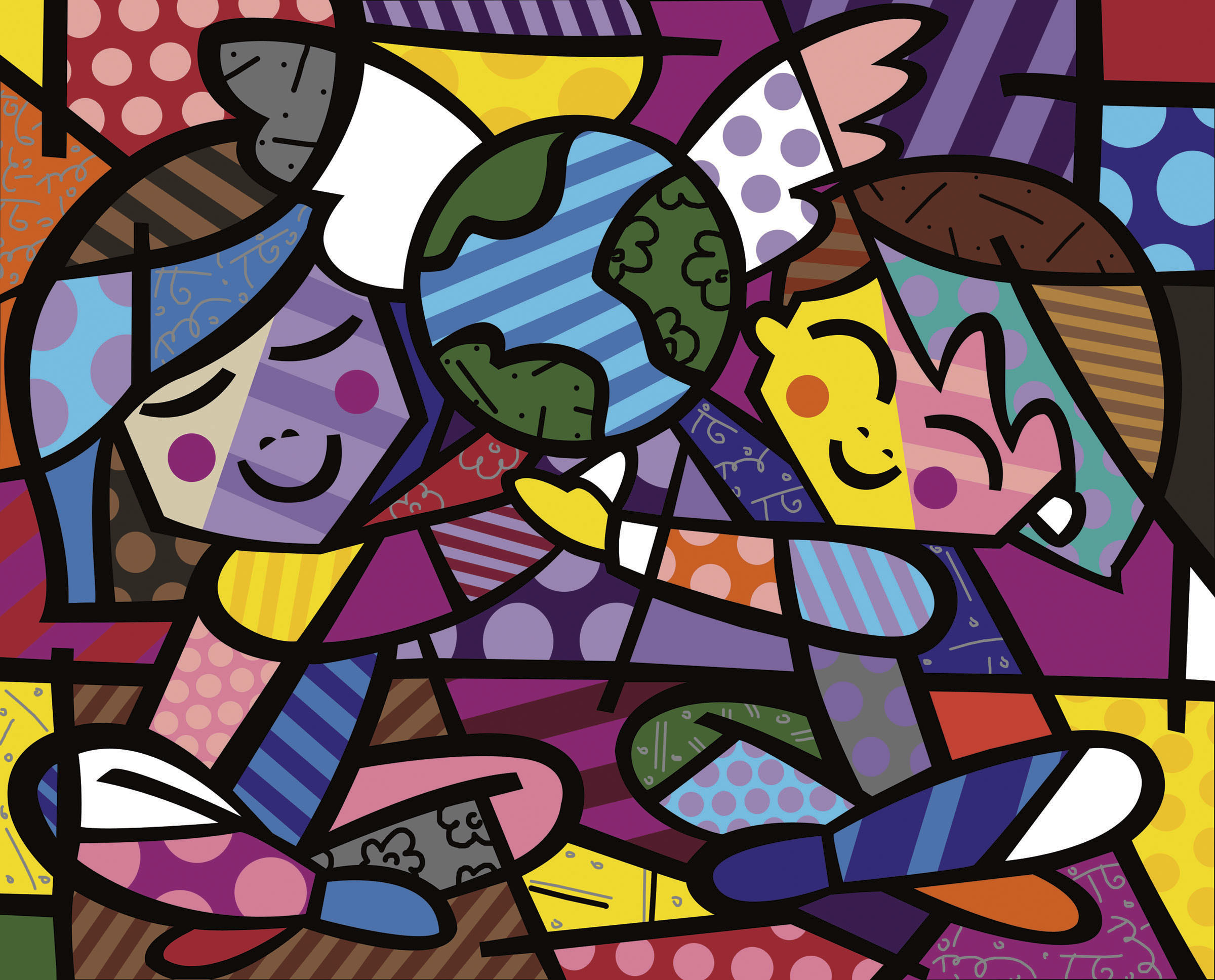Technology has shaped our lives in countless ways, from how we consume information to how we connect with others. And when it comes to dating, the impact of technology is undeniable. Gone are the days of meeting someone at a bar or through mutual friends. Instead, we turn to our phones, swiping left and right in search of a potential match. But it’s not just the method of meeting that has changed – technology has also revolutionized the entire dating experience.
Dating apps like Tinder, Bumble, and Hinge have become staple tools in the modern dating scene. These apps use algorithms and location-based filters to present users with potential matches in their area. With just a few swipes, you can browse through hundreds of profiles and make a decision on someone’s compatibility based on their photos and a short bio. This convenience and accessibility have caused a significant shift in how people approach dating.
No longer do we have to rely on chance encounters or awkward blind dates. Dating apps have made it possible for us to actively search for potential partners, and in turn, created a culture of instant gratification when it comes to dating. But while these apps have certainly made it easier to connect with others, they have also brought about their own set of challenges.
One of the biggest criticisms of dating apps is that they have turned dating into a game. Swiping through countless profiles can make us feel like we are playing a never-ending round of “hot or not,” where we judge someone based on their physical appearance alone. This superficial approach to dating can be damaging, as it reduces people to mere objects, and can lead to a never-ending cycle of disappointment and rejection.
But it’s not just the swipe culture that has changed the dating game – it’s also the algorithms behind these apps that are shaping our experiences. The use of algorithms in dating apps is not a new concept, but as technology advances, so does their role in matchmaking. These algorithms are designed to learn our preferences and behaviors, and in turn, present us with potential matches that fit what we are looking for.
On the surface, this may sound like a dream come true – finding the perfect match with the click of a button. But the reality is that these algorithms are not foolproof, and can often lead to a mindset of never settling for someone who doesn’t meet all of our criteria. This can create a paradox of choice, where we are presented with so many options that we become paralyzed and unable to make a decision.
The reliance on algorithms and technology in dating has also brought about a new phenomenon – ghosting. Ghosting is the act of abruptly cutting off all communication with someone, usually after a few dates or even just a few messages. While this is not a new concept in the dating world, it has become more prevalent with the rise of dating apps. The anonymity of technology has made it easier for people to ghost others, as they don’t have to face the consequences of their actions in person.
But not all technology has had a negative impact on dating. In fact, some apps are using technology to combat the negative effects of dating apps. Bumble, a popular dating app, has implemented a feature called “Bumble BFF,” where users can find platonic friendships instead of romantic relationships. This is a great example of using technology to bring people together in a meaningful way, beyond just physical attraction.
Some dating apps are also incorporating features that go beyond just swiping and matching. The app Hinge, for example, uses a more comprehensive profile setup that allows users to showcase their personality and interests, rather than just their looks. This helps to foster more genuine connections, rather than just surface level attraction.
The use of technology in dating has also paved the way for a more diverse dating experience. Dating apps have made it possible to meet people from different backgrounds and cultures, and have made long-distance relationships more feasible. With the globalization of dating, we no longer have to limit ourselves to those in our immediate vicinity, but can expand our horizons and connect with people from all over the world.
Beyond dating apps, technology has also played a significant role in the actual dating experience. With the rise of digital communication platforms, such as texting, FaceTime, and social media, couples are able to stay connected 24/7. This can be both a blessing and a curse, as it allows for constant communication but also raises questions of privacy and boundaries. It’s now commonplace to see couples at dinner scrolling through their phones instead of engaging in conversation.
Technology has also changed the way we plan and experience dates. Dating apps often have features that allow users to book reservations and plan dates directly through the app, taking the guesswork out of planning. Virtual reality (VR) has also made it possible to have immersive and interactive virtual dates, which can be a great option for long-distance couples or those who are unable to meet in person.
But with the ever-evolving role of technology in dating, we must also consider the consequences and potential dangers. Online dating has opened the door to catfishing, where people create fake profiles and identities to deceive others. And the anonymity of the internet has also made it easier for predators to target unsuspecting individuals. It’s important to remain cautious and aware when using dating apps and to always prioritize safety and consent.
As technology continues to advance, the role it plays in dating will undoubtedly continue to evolve. While it has certainly changed the game, it’s up to us to determine whether it’s for better or for worse. We must learn to navigate the world of dating apps and algorithms with caution, while also embracing the opportunities and connections that technology has to offer.
So what does the future hold for modern dating and technology? Only time will tell, but one thing is for sure – the landscape of dating will never be the same. We are living in a digital age where technology reigns supreme, and whether we like it or not, it has become an integral part of our relationships and our search for love. It’s up to us to use it responsibly and to remember that behind every profile and algorithm, there is a real human being with their own unique story and desires.




